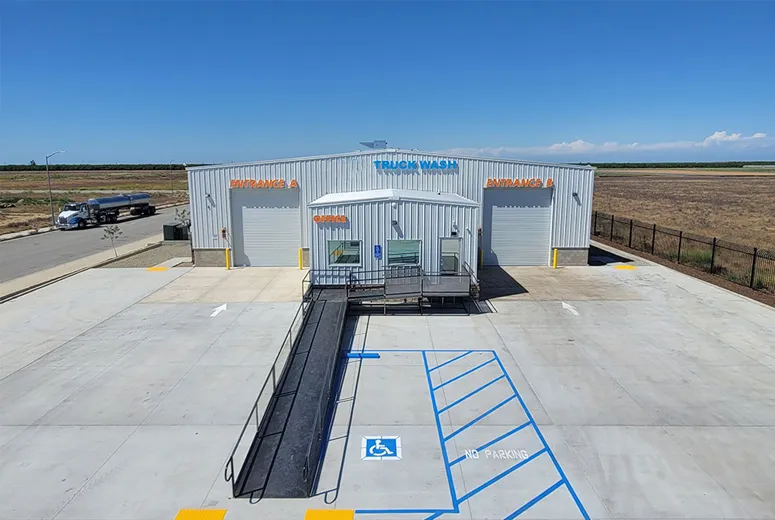- Afrikaans
- Albanian
- Amharic
- Arabic
- Armenian
- Azerbaijani
- Basque
- Belarusian
- Bengali
- Bosnian
- Bulgarian
- Catalan
- Cebuano
- Corsican
- Croatian
- Czech
- Danish
- Dutch
- English
- Esperanto
- Estonian
- Finnish
- French
- Frisian
- Galician
- Georgian
- German
- Greek
- Gujarati
- Haitian Creole
- hausa
- hawaiian
- Hebrew
- Hindi
- Miao
- Hungarian
- Icelandic
- igbo
- Indonesian
- irish
- Italian
- Japanese
- Javanese
- Kannada
- kazakh
- Khmer
- Rwandese
- Korean
- Kurdish
- Kyrgyz
- Lao
- Latin
- Latvian
- Lithuanian
- Luxembourgish
- Macedonian
- Malgashi
- Malay
- Malayalam
- Maltese
- Maori
- Marathi
- Mongolian
- Myanmar
- Nepali
- Norwegian
- Norwegian
- Occitan
- Pashto
- Persian
- Polish
- Portuguese
- Punjabi
- Romanian
- Russian
- Samoan
- Scottish Gaelic
- Serbian
- Sesotho
- Shona
- Sindhi
- Sinhala
- Slovak
- Slovenian
- Somali
- Spanish
- Sundanese
- Swahili
- Swedish
- Tagalog
- Tajik
- Tamil
- Tatar
- Telugu
- Thai
- Turkish
- Turkmen
- Ukrainian
- Urdu
- Uighur
- Uzbek
- Vietnamese
- Welsh
- Bantu
- Yiddish
- Yoruba
- Zulu
Oct . 06, 2024 15:11 Back to list
Foundation Design for Steel Columns
Foundation design is a critical aspect of any construction project, especially when it involves steel columns. Steel columns are essential structural elements that bear loads from superstructures, and their effective distribution to the foundation is vital for the overall stability and safety of a building. Proper foundation design for steel columns ensures that loads are transferred efficiently to the ground while accounting for potential soil settlement, lateral load resistance, and other environmental factors.
The primary objective of foundation design for steel columns is to provide a stable and durable base that can support the vertical and lateral loads imposed by the columns. Various types of foundations can be utilized, such as spread footings, deep foundations, or piles, depending on the soil conditions, column loads, and building design. The selection of the foundation type often involves thorough geotechnical investigations to understand the soil properties, including its bearing capacity, settlement characteristics, and potential for liquefaction or other failures.
Spread footings are commonly used when the soil has adequate bearing capacity to support the loads from the steel columns. These foundations are typically wider than the column base and designed to distribute the load over a larger area, minimizing the risk of excessive settlement. The design of spread footings involves calculating the load-bearing capacity of the soil, determining the dimensions of the footing, and ensuring that it is reinforced adequately to resist bending and shear forces.
In cases where the soil has limited bearing capacity or where the loads are exceptionally high, deep foundations may be required. Pile foundations, for example, can transfer loads through weaker soil layers to more competent strata below. The design of pile foundations requires careful consideration of pile type, length, and spacing, as well as the potential lateral loads due to wind or seismic activity.
foundation design for steel column

When designing foundations for steel columns, it is essential to account for differential settlement, which can occur due to uneven loading or changes in moisture content of the soil. Designers often incorporate measures such as reinforcing the foundation or using flexible connections between the column and the foundation to mitigate the impacts of differential settlement.
Moreover, lateral stability is another critical consideration in foundation design. Steel columns frequently experience lateral loads from wind or seismic forces, and the foundation must be designed to resist these forces effectively. Bracing systems, shear walls, or additional weight can be utilized to enhance stability.
Lastly, ongoing maintenance and monitoring of foundations are vital to ensuring long-term performance. Regular inspections can help identify potential issues early, preventing severe damage or failure.
In conclusion, foundation design for steel columns is a complex process that requires careful consideration of various factors including load types, soil conditions, and environmental influences. Proper design not only ensures the stability and safety of structures but also contributes to their longevity. By implementing sound engineering practices, construction professionals can achieve resilient foundations that effectively support steel columns in an array of applications.
-
How Do Prefabricated Steel Structures Transform Modern Construction?
NewsJul.14,2025
-
How Do Prefabricated Metal Buildings Redefine Modern Construction?
NewsJul.14,2025
-
How Do Prefab Insulated Metal Buildings and Steel Structures Revolutionize Modern Construction?
NewsJul.14,2025
-
How Do Pre - Engineered Steel Structures Redefine Modern Construction?
NewsJul.14,2025
-
Advancing Modular Construction with Prefabricated Metal Structures
NewsJul.14,2025
-
Advancing Industrial Infrastructure with Prefabricated Steel Solutions
NewsJul.14,2025
Products categories
Our Latest News
We have a professional design team and an excellent production and construction team.












